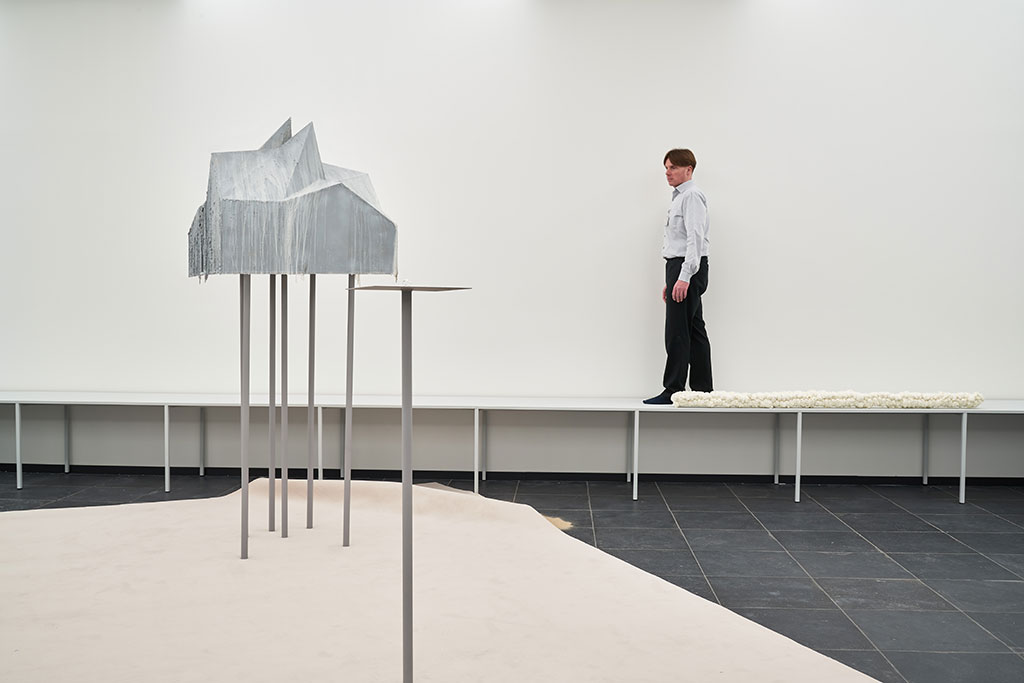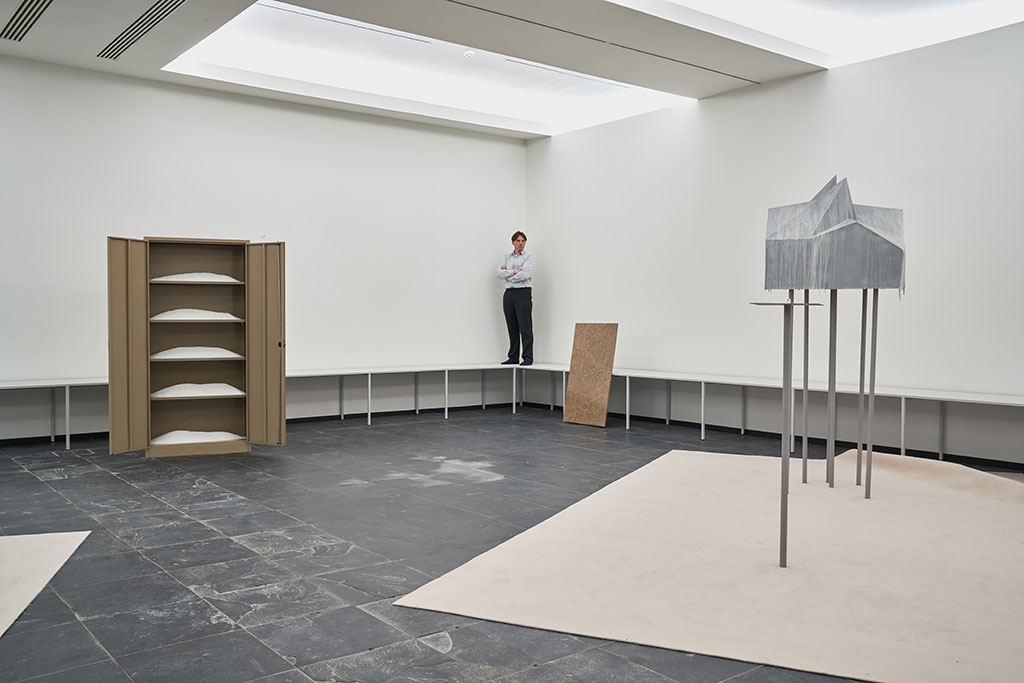ART-PRESENTATION: Charbel-joseph H. Boutros, The Sun is My Only Ally-Part II
 Charbel-joseph H. Boutros was born in Lebanon in 1981 and lives and works between Beirut and Paris, In his work invisibility is charged with intimate, geographical and historical layers; finding poetic lines that extend beyond the realm of existing speculations and realities. Being born in the middle of the Lebanese war, his art is not engaged in an explicit political and historical reflection, but is more accurately haunted by the said political and historical reflection (Part I).
Charbel-joseph H. Boutros was born in Lebanon in 1981 and lives and works between Beirut and Paris, In his work invisibility is charged with intimate, geographical and historical layers; finding poetic lines that extend beyond the realm of existing speculations and realities. Being born in the middle of the Lebanese war, his art is not engaged in an explicit political and historical reflection, but is more accurately haunted by the said political and historical reflection (Part I).
By Dimitris Lempesis
Photo: S.M.A.K. Archive
“The Sun is My Only Ally” is Charbel-joseph H. Boutros’ first solo exhibition in a Belgian museum. Born in Lebanon in 1981, the artist was raised in a country marked by civil war, an event that is not visualised in his work but has an indirect presence. The title of the exhibition, which is taken from one of the artist’s works, is an indicator of his fascination with the intangible and the invisible. Elements such as light, time, breath and sleep, for example, determine all our lives, yet are difficult to record. Charbel-joseph H. Boutros’ artworks are objects, as it were, that capture, register or indicate these and other invisible sensations. A title such as “Night Cartography” reveals that the artist is attempting to make a poetic registration of the night or a period of sleep. The artist’s oeuvre, as a whole, can indirectly be called biographical. Just as an amulet or a photograph can be laden with memories, the objects that Boutros makes are also charged with personal meanings or carry the traces of invisible actions. Occasionally, by reading a description, the origin of the action or event can be traced. The notion of trust therefore becomes an important element in the artwork. Boutros’ art is thus primarily the result of inner reflections. It comprises precise objects and meticulously arranged ensembles that link an intimate melancholia with the universal, and also with the environment of the exhibition space. The form and material of the artwork are subordinate to this, but serve to preserve the meaning and/or the event. The artist endeavours to reformulate our familiar reality with a minimum of effort, and an exhibition is therefore a kind of geography that is reframed in such a way. “The Sun is My Only Ally” which includes new and recent work, takes the form of an exhibition within an exhibition. The first of these is an ode to “The Distance between Your Eyes and the Sun”, a presentation the artist made for the Beirut Art Center in 2019, but which closed the following day due to political unrest and was never reopened. Removed from the public eye, the works remained in situ throughout the exhibition period. Although the version in S.M.A.K. is approximately the same size as the one in Beirut and also includes the same constellation of works, the artist considers it as a new entity with its own specific relationships to the institution, its employees, the space, the oeuvre, the artwork, time… Boutros has developed the second exhibition as an envelope of reflections on the periphery of the first. He places a Seuil de Confiance (threshold of trust) at the entrance. This acts as an entrée to the artist’s world of ideas, an invitation to approach the artworks as witnesses to an existence, and to view them as parts of a sentence written in the space. Dream and sleep, intimacy and love, geography and finally the night could all be titles for the chapters explored in the four other rooms of the exhibition. For Charbel-joseph Boutros, an exhibition is living matter that he uses to deepen some of his works, but also as a way of entering into atypical relationships with artworks, projects and the public. In so doing, he establishes a dense network of situations, patterns and scenarios. Within “The Sun is My Only Ally” for example, the work “The Exhibition Between Us” (2019-20) departs from the two people who are the first and last to visit the exhibition. Their names are chiselled onto marble plaques on the spot, which already include the start and end dates of the project. At the close of the exhibition, the entire show is contained within an artwork, sandwiched between two memorial stones and two people. “Catwalk” (2019-20) is an elevated footpath that runs along the walls of the exhibition space and may only be used by the museum staff so that they and the visitors must take alternative routes. It has the capacity to generate remarkable images. On the other hand, several of the works in the exhibition have an autobiographical, melancholic undertone such as “Removed stone” (2020), a rock that Boutros (his surname means “stone” in Arabic) took with him from the mountain near his birthplace and which, after the exhibition, will definitively return to the place where it was originally gathered.
Info: S.M.A.K., Jan Hoetplein 1, Gent, Duration: 8/2-11/10/20, Days & Hours: Tue-Fri 9:30-17:30, Sat-Sun 10:00-18:00, https://smak.be






